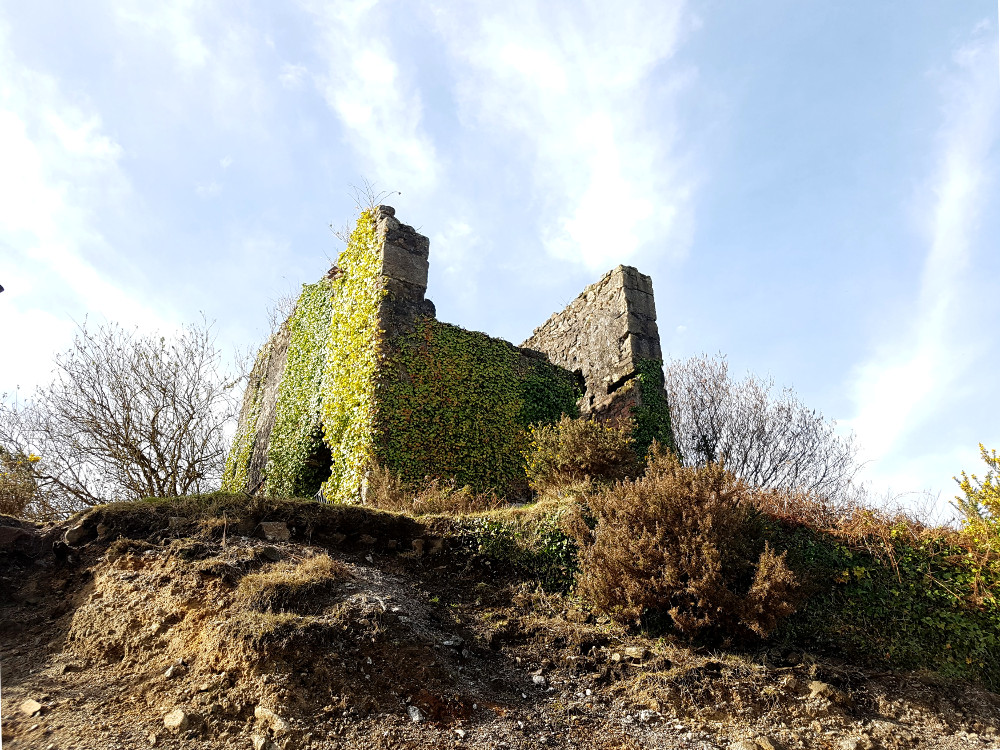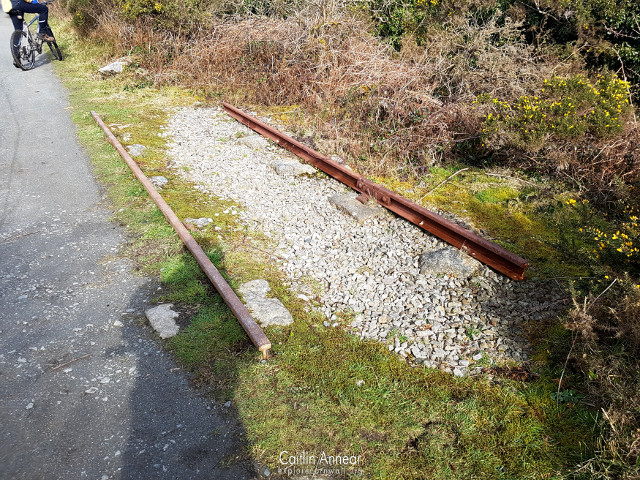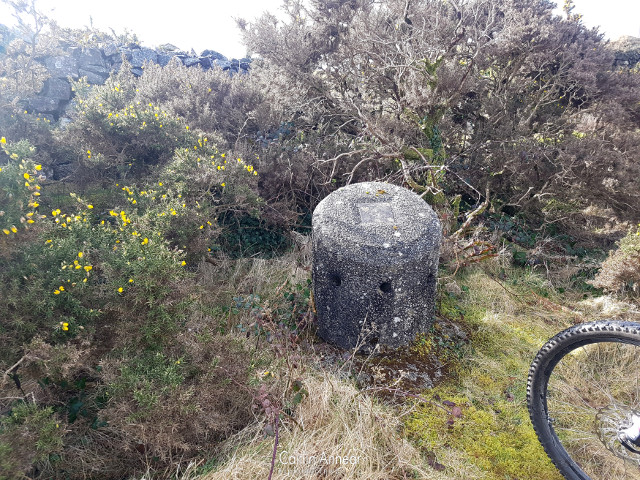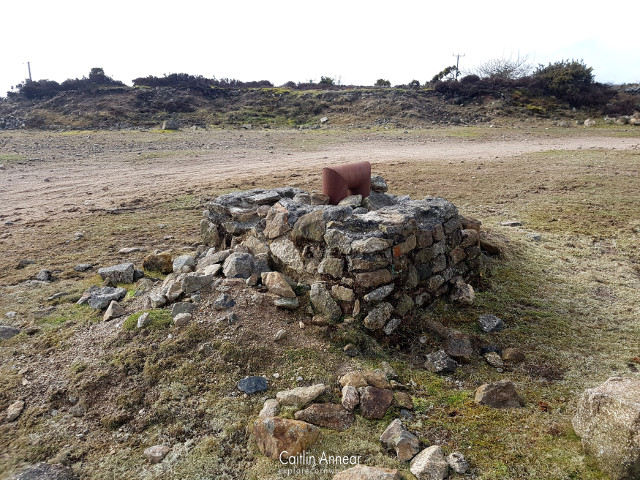Hidden behind the village of Lanner sits Tresavean Mine, one of the richest in Cornish history.
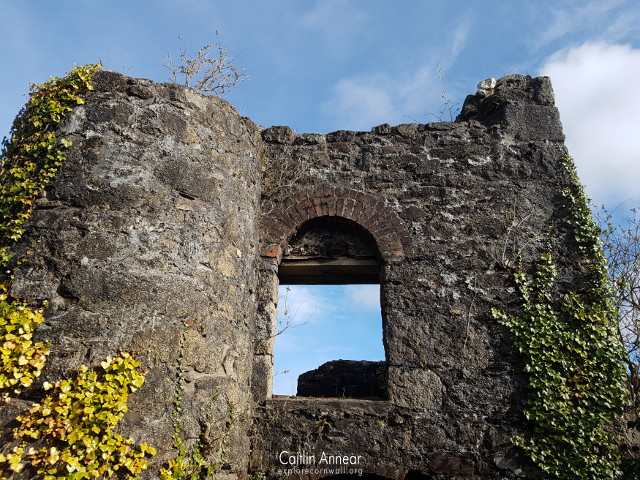
There are mentions of the mine as far back as the 17th century, with the area definitely being active by 1737 as a copper mine. From this point the mine was constantly evolving, with the installation of several new steam engines and the deepening of the mine. The mine closed in 1858, reopening again in 1860 as Tresavean and Tretharrup, working until another closure in 1872.

From 1881 to 86, another venture was started under the name of Tresavean Mining Co, however this proved very unsuccessful; despite the erection of a number of new engines and associated kit at great expense, the mine only pulled up 54 tons of tin and no copper.
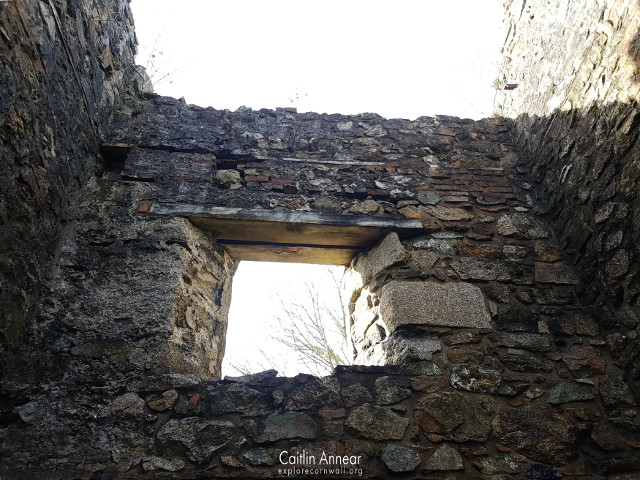
The mine opened for a final time between 1908-28 as Tresavean Mines Limited, deepening the mine to 443 fathoms (810m), however still produced very little tin. A number of older buildings were destroyed, along with the dressing floor to make room for a new processing mill; a transformer was also installed in the stamps house.
Due to ongoing financial issues and a significant fall in tin prices, in 1921, the majority of the workers were laid off to keep costs down. With only a skeletal staff remaining, the mine still continued to produce small quantities of tin, copper and arsenic. However, in 1928, with tin prices still dropping, the mine’s debt continued to mount and was finally forced to close for the last time; everything that could be stripped and sold was, with Harvey’s engine house and stack being demolished in 1936.
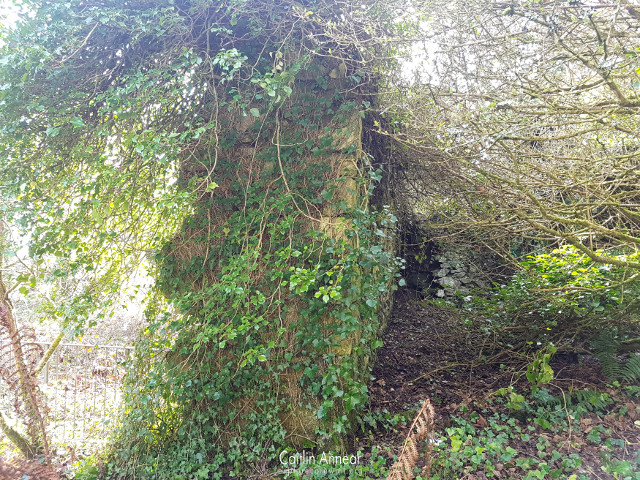
Over its lifetime, Tresavean had a lot of shafts sunk. A LOT. Here are just a few:
Harvey’s 395-fathoms (722m), Old East 330-fathoms (603m), Old/Main Engine 266-fathoms (486m), Trethellan 156-fathoms(285m), West Engine/William’s 176-fathoms (322m), Treweeks 176-fathoms (322m), Treviskey 272-fathoms (497m), Wheal Boyes 27-fathoms (49m), Man Engine 266-fathoms (488m), Bell 45-fathoms 82m), Caddy’s 27-fathoms (49m), Mitchell’s 45-fathoms (82m), Morcom’s 112-fathoms (205m), Devonshire 112-fathoms (205m), North 136-fathoms (249m), James’ 30-fathoms (55m), Moor 40-fathoms (73m), Old William’s 75-fathoms (137m), William’s Engine 40-fathoms (73m), Roger’s/Sampson’s 27-fathoms (49m – although on a 1912 report this is shown as considerably deeper – another Rogers?), Highburrow, Curnack’s, Teague’s and Harrie’s.
Devonshire, Main, Mitchell’s, Bell, Magor’s, Boye’s, Comfort, Caddy’s, Treviskey, Parkyn, Bellvean, North and Barnetts.
1815-56
163,260 tons (165,879,818 kg) of 9.5% copper
1857-71
4,460 tons (4,531,569 kg) of 3.75% copper, 106 tons (107,701 kg) of black tin, 4.75 tons (4,826 kg) of 67% lead and 312 tons (317,007 kg) of pyrite
1914-19
1,678 tons (1,704,927 kg) black tin
1926
486 tons (493,799 kg) black tin, 28 tons (28,449 kg) of copper and 75 tons (76,203 kg) of arsenic
1837-85 Trethellan, Brewer, Treviskey, Tresavean Barrier, West Trethellan, Comford and Bellvean
62,156 tons (63,153,412 kg) of copper, 139 tons (141,231 kg) of tin and 13 tons (13,209 kg) of arsenic
The most prominent remain on the site is that of the 32-inch stamps built in 1882. This was built to run 48 heads of stamps, 36 of which were up and running by the end of the year. During the final reworking the house was modified to house an alternator which powered electric turbine pumps, making Tresavean the first Cornish mine was be dewatered by electric pumps.
The remaining engine house doesn’t even scratch the surface of what has been on the site previously. There may have been as many as 13 engine houses on the site at one time and the chimney from the last reworking reached 150ft, the tallest in Cornwall. The first man engine in Cornwall was also built on the site. Just up from the stamps house are the seriously overgrown remains of Harvey’s pumping engine built in 1881. This housed a 90-inch engine built by Harvey’s in 1873, and on closure of the mine was installed on Fortescue’s shaft Wheal Grenville, before then heading to Old Cooks Kitchen.
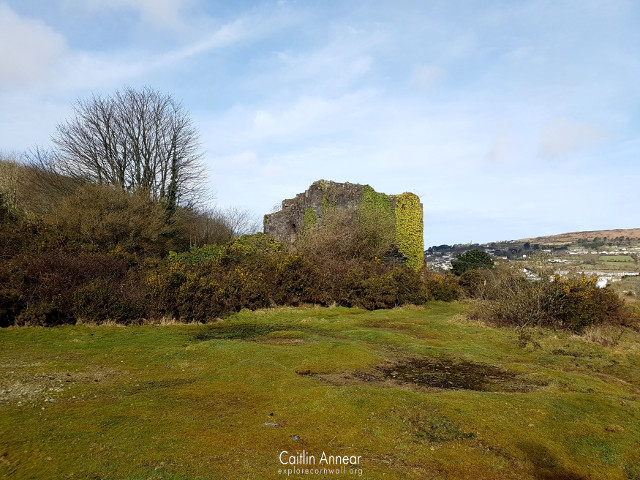
In 1758 Tresavean had its first engine installed, with the next arriving in 1779, a 30″ Boulton & Watt. A 30/60″ compound engine was erected in 1793 and by 1834 there were 60 and 63″ pumping engines and three 20″ whims. A second hand 80″ pumping engine from Pembroke Mine was installed in 1839 and the following year an 85″ was put to work on Harvey’s shaft. Another 80″ was erected in 1872 and the 85″ was replaced by a larger 90″ pumping engine in 1881. In 1883 there was a 24″ whim also on Harvey’s and a 24″ whim on Old East shaft.
Most of the remains can be seen on or from public footpaths, the stamps engine sits above a new playing field. Only the remains of Harvey’s engine cannot be access as the shaft and surrounding building have not been made safe (if you could get through the bushes to actually get to it).
There’s parking along the roadside in Lanner.
Dines, H. G. (1956) The metalliferous mining regions of south-west England. British Geological Survey.
Morrison, T. (1983) Cornwall’s central mines : the southern district, 1810-1895. Penzance. A. Hodge.
Nance, D. and Brown, K. (2014) A complete guide to the engine houses of West Cornwall.Gloucestershire: Lightmoor Press.
Schwartz, S. and Parker, R. H. (2001) Tin Mines and Miners of Lanner. Tiverton: Halsgrove Press.
Tresavean Mine, Lanner, Archaeological Report(1989). Available at: http://map.cornwall.gov.uk/reports_event_record/1989/1989R015.pdf(Accessed: 6 April 2018).
